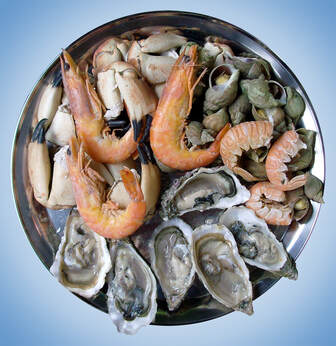 Photo: Frits Hoogesteger on Wikimedia Commons, shared under the Creative Commons Attribution-Share Alike 3.0
Photo: Frits Hoogesteger on Wikimedia Commons, shared under the Creative Commons Attribution-Share Alike 3.0 Right now, producing the world’s food is responsible for about ¼ of human generated greenhouse gases each year. However, not all foods contribute to these greenhouse gases equally. The meat and dairy industry are among the biggest culprits. According to the New York Times, the meat and dairy industry contribute over 14% of the world’s greenhouse gases every year, which is almost the same as all of the emissions from every automobile, airplane, and ship in the world.
How does food production contribute to climate change and greenhouse gas emissions? Food production contributes to climate change when forests and natural landscapes are cleared to make room for new farms and more livestock, when cows and other livestock digest food they release methane, and when fossil fuels are used to operate a greater amount food production related machinery.
Seafood and fish provide us with an interesting look into how food can help or harm the planet. Fish and other seafood potentially contribute the lowest amount of greenhouse gases as they feed naturally in the ocean and can be harvested in ways that are low fuel. Like other food, not all fish are equal contributors to greenhouse gas emissions. For example, a recent study found that wild fish like tuna, sardines, cod, and herring on average have a smaller carbon footprint than pork or chicken.
It is also useful to know the different ways farmed and wild fish and seafood contribute to climate change. Wild fish and seafood potentially have a small carbon footprint, however, currently, wild fish and being caught at their maximum level. For some types of fish, fish farms—called aquaculture—can be more environmentally friendly. For other fish and seafood, like shrimp, aquaculture can have a large carbon footprint. So, it depends on geography, farming practices, and type of fish or seafood being produced.
Organizations like Aquaculture Stewardship Council and Friend of the Sea are working to certify fish farms that practice environmentally friendly standards. While these certification standards aren’t perfect they are steps in the right direction for ensuring planet safe seafood and fish production.
Finally, perhaps one of the most important ways to use diet as a way to help the planet is to look at how other cultures eat. Taking a look at countries like Vietnam, India, and Lebanon, traditional foods offer a mixture of meats and vegetables. In Vietnamese Pho meat is used to enhance vegetables and grains in the soup. In India meat is present, but the star of the show are legumes. Lentils and beans are high in protein and fiber, can easily adapt to changing weather patterns, and can improve soil quality. Lebanese diets are similar to those of India and Vietnam as they emphasize variety. These are not a meatless diets, but rather includes meat along with a variety of vegetables, herbs, nuts, and grains.
These diets can be useful referents for thinking about how our diets could help the planet. Introducing more variety, eating less meat, and knowing more about where our food comes from are important steps to using foodways and eating habits to improve our planet’s health!
For more resources check out:
Healthy Hyna: https://www.healthyhyna.com/about-me
Quiz: How Does Your Diet Contribute to Climate Change? https://www.nytimes.com/interactive/2019/04/30/climate/your-diet-quiz-global-warming.html
Decolonize your diet: http://decolonizeyourdiet.org/about
-Anna Ortega
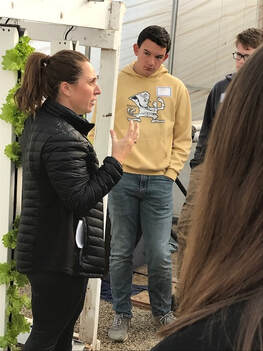
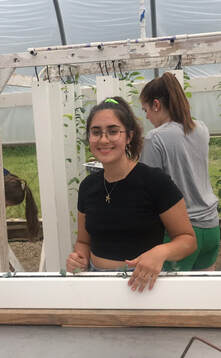
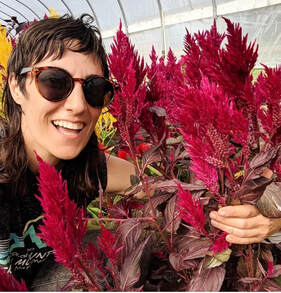
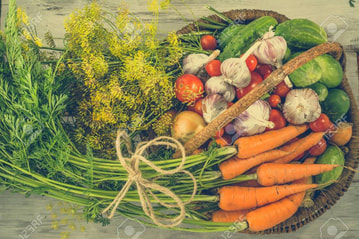
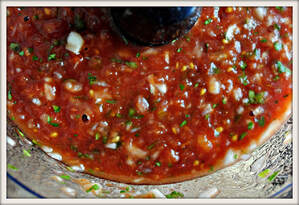

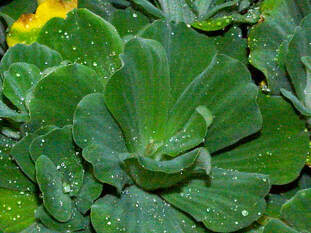
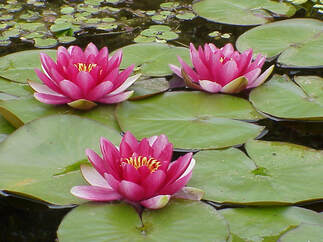
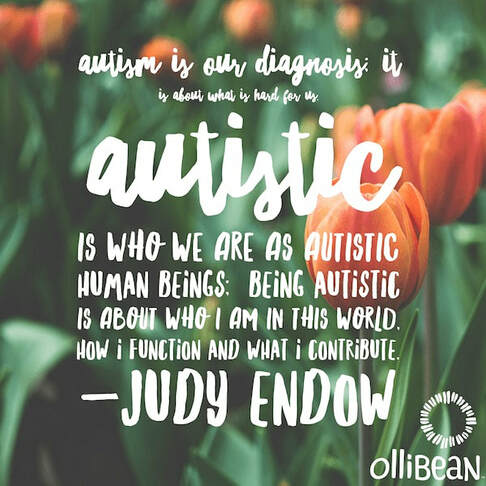
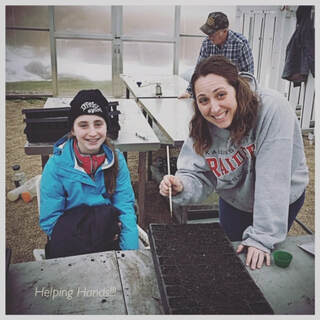
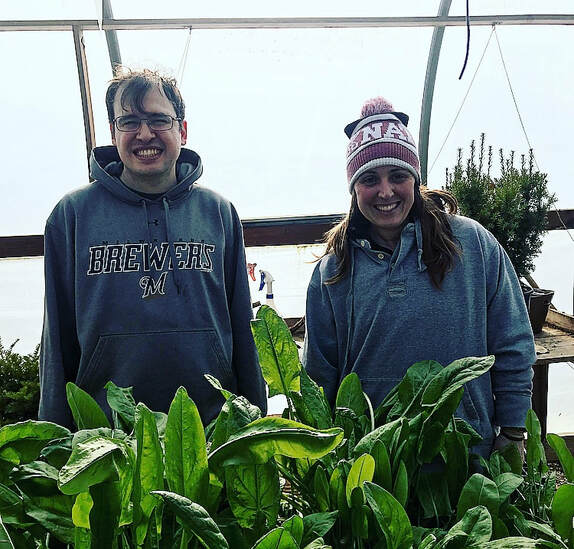
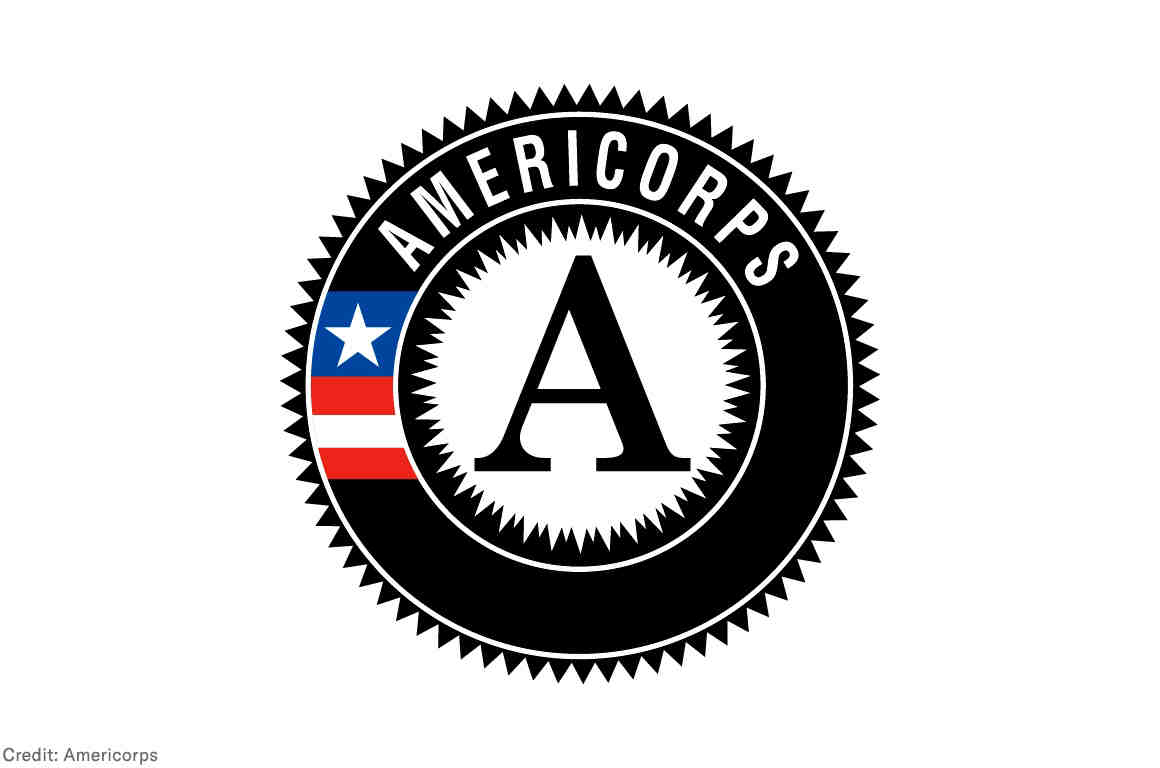
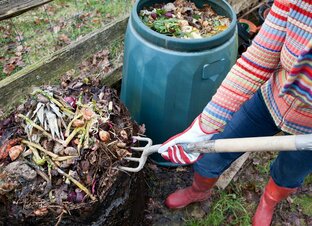
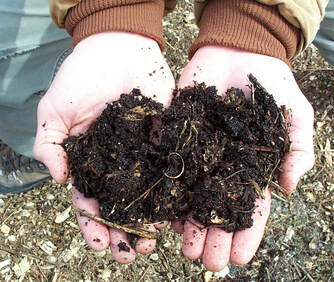
 RSS Feed
RSS Feed
